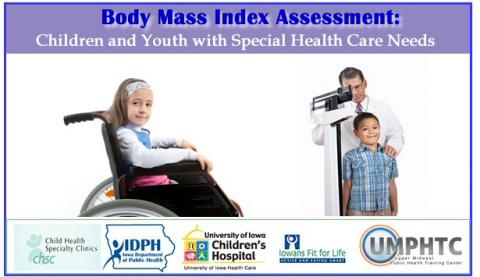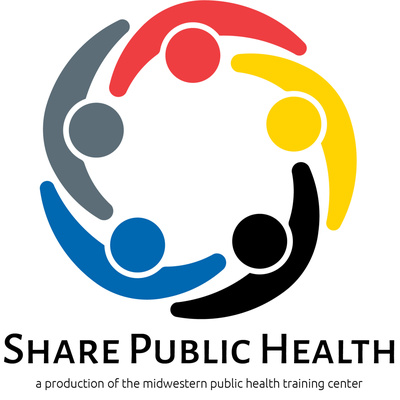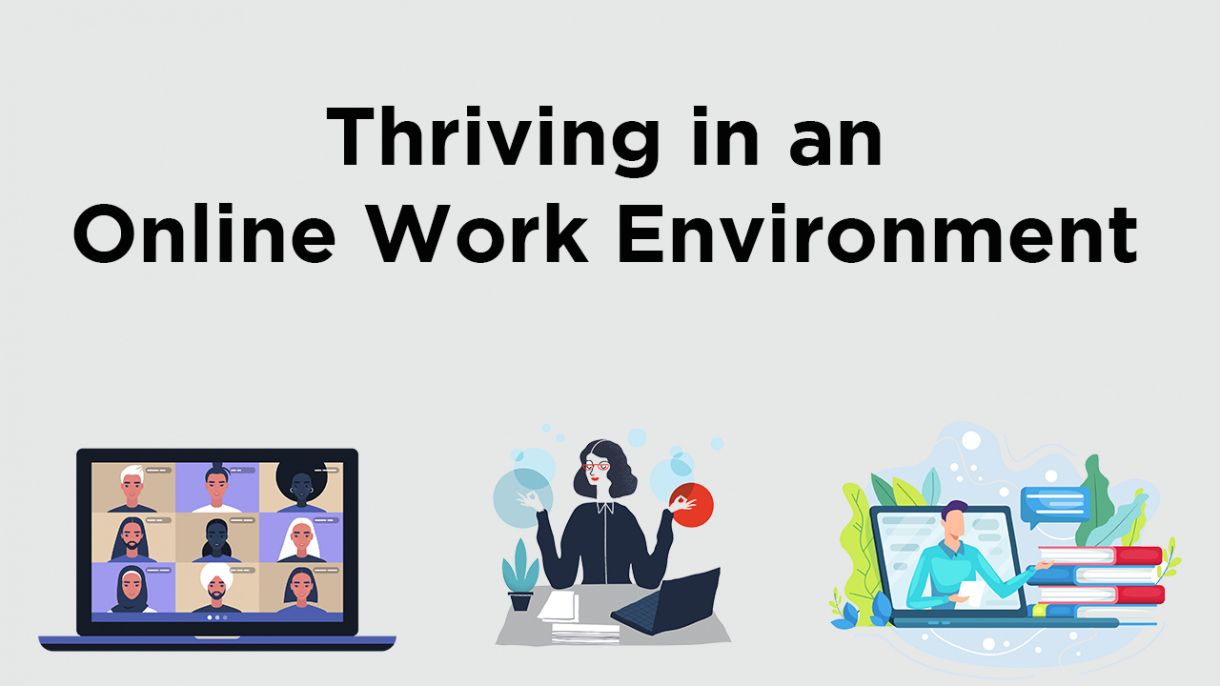There are four sections in this course:
- Section 1: Overview of BMI Assessment: Children and Youth with Special Health Care Needs
- Section 2: Weighing the Child with Special Health Care Needs
- Section 3: Measuring Height in the Child with Special Health Care Needs
- Section 4: Managing Behavior while Measuring BMI in the Child with Special Health Care Needs
There is a post-test at the end of the course. You have to score 80% or higher on the post-test to receive a certificate of completion.
A Certificate of Completion is awarded on successful completion of this course.
Intended Audience
school nurses, dietitians, primary physicians, medical residents, pediatricians, and nurses in clinical setting, and anyone who may need a skill to measure body mass index in children and youth with the special health care needs.
Learning Objectives:
Upon completion of this part, you will be able to:
Section 1 Learning Objectives
- Recognizethe implications of facts about overweight or underweight children
- Describehow Body Mass Index (BMI) is used in weight assessment
- Calculatea Body Mass Index (BMI) score
- Interpreta child’s Body Mass Index (BMI) percentile
- Recognizethe importance of assessing BMI in CYSHCN
- Explainthe challenges experienced while measuring BMI in this population
Section 2 Learning Objectives
- Propertyimplement the standard procedure for weighting a child
- Propertyimplement two alternative procedures for weighing a child who uses a wheelchair
- Identifythe nuances that may arise when interpreting weight values in CYSHCN
Section 3 Learning Objectives
- Properlyimplement the standard procedure for measuring height of a child
- Identifycertain instances in which specialized methods of obtaining height of a child are required
- Properlyimplement two alternative procedures for measuring height of a child who is wheelchair-bound
Section 4 Learning Objectives
- Anticipatethe behavioral issues that may exist while measuring BMI
- Implementeffective strategies for addressing behavioral issues while measuring BMI
- Makeproper use of picture supports while taking height and weight
- Makeproper use of the Peer Modeling video for height and weight
Pre-requisites/Learning Level
No pre-requisites
Competencies addressed
Core Competencies for Public Health Professionals identified
Domain 1: Analytic/Assessment Skills
- 1A1. Describes factors affecting the health of a community (e.g., equity, income, education, environment)
- 1A10. Uses quantitative and qualitative data
- 1A12. Contributes to assessments of community health status and factors influencing health in a community (e.g., quality, availability, accessibility, and use of health services; access of affordable housing)
Domain 4: Cultural Competency Skills
- 4A3. Describes the ways diversity may influence policies, programs, services, and the health of a community
CEUs Offered
None
Cost
Free
Modality/format
Online Self-Pace
Length
2 hour
Presenter(s) and/or Content Experts
Stephany Mottet
Technical requirements:
- Adobe Acrobat Reader
- Flash Player
- Speakers
Registration requirements
Register a free account
Creation and/or update
November 12, 2012




